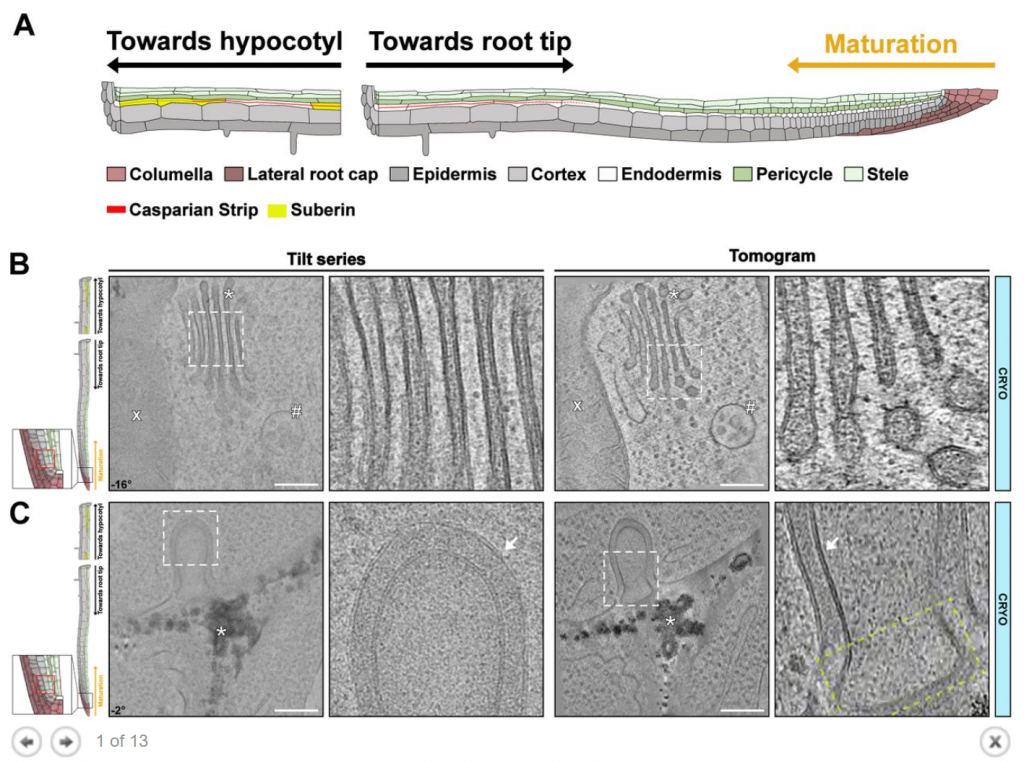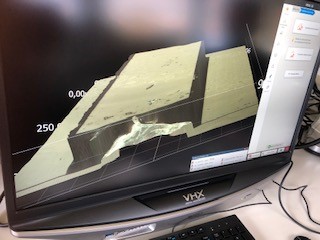Happy to share our new preprint
Jean Daraspe and Etienne Bellani pushed the limits of serial lift-out in order to observe the Casparian strip in the root tip of Arabidopsis thaliana. Have a look if you want to discover our new workflow on the platform for cryo-CLEM and cryo-ET.
If you are passionate by the structure of plant root tip, it is also an article for you!
https://www.biorxiv.org/content/10.1101/2025.06.01.657137v1




